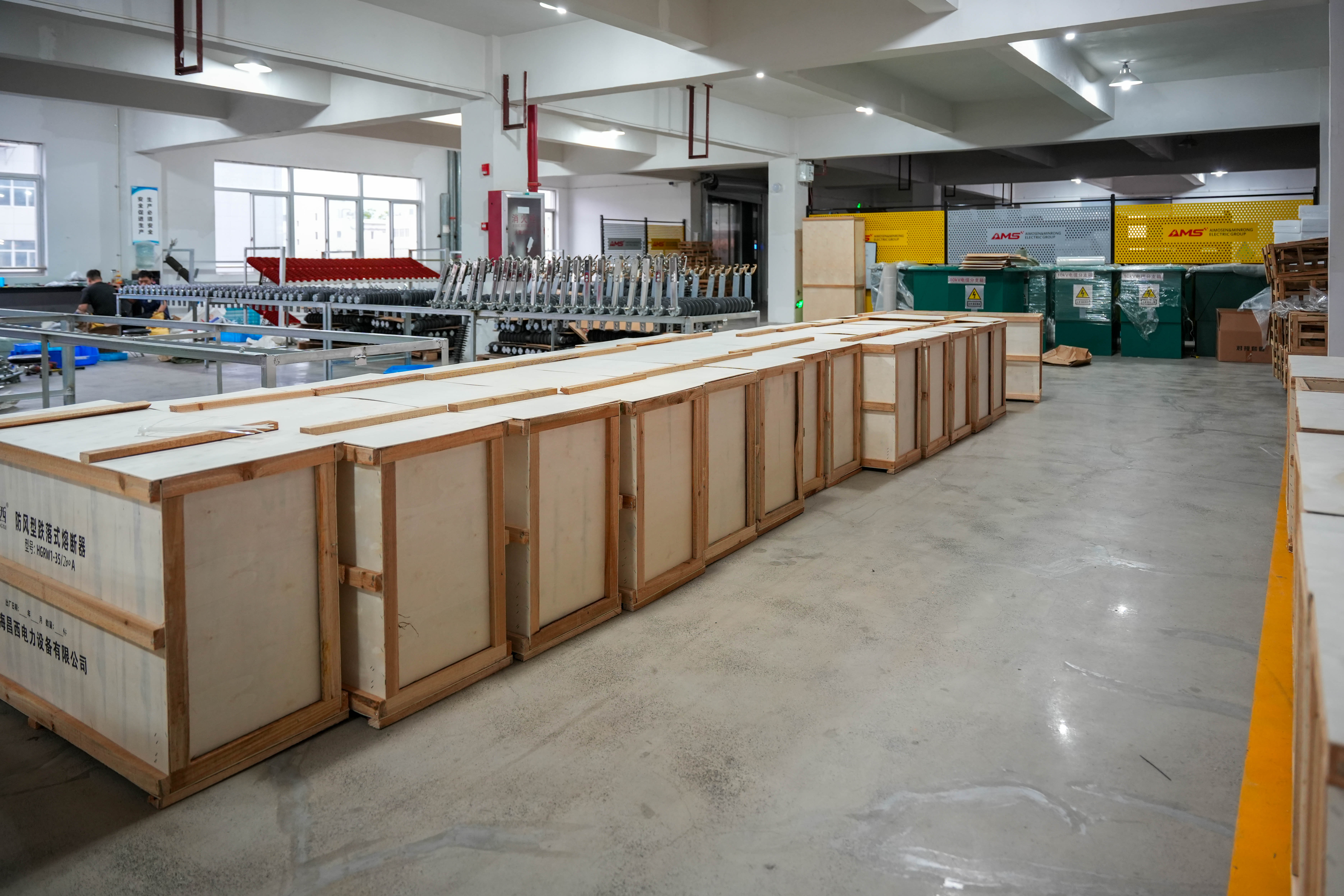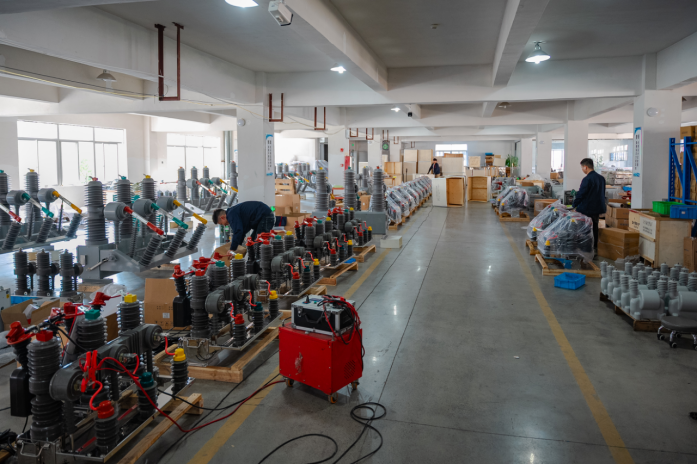
In ultra-high-voltage (UHV) transmission, the choice between composite silicone rubber insulators and traditional porcelain units hinges on critical pollution flashover resistance. Here’s how they compare:
Pollution Performance Breakdown
Composite Insulators leverage hydrophobic silicone rubber sheds that repel water. Contaminants bead up
and roll off, maintaining insulation integrity even in heavy industrial/coastal pollution (Class IV). Field trials in China’s Huainan-Nanjing 1000kV line show leakage currents <50mA during salt fog tests, with flashover withstand voltages >48kV/m. Their lightweight design also prevents ice bridging. Porcelain Insulators rely on glaze coatings and extended creepage distance (>54mm/kV). However, contamination accumulates faster on hydrophilic surfaces, requiring quarterly cleaning in arid/smog zones. In humid coastal areas like Guangdong, flashover rates spike 300% during typhoon season compared to composites. 
Why Composites Dominate UHV
1. Zero Maintenance: Self-cleaning hydrophobicity eliminates live-line washing (e.g., Shanxi–Hubei ±800kV DC project saved $2.6M/year).
2. Vandalism Resistance: Flexible polymer cores withstand gunfire/impacts (critical in conflict-prone regions).
3. Weight Savings: 60% lighter than porcelain strings, reducing tower load by 15 tons per span.
Porcelain’s Niche Applications
- Cost-Driven Projects: Rural 220kV lines with low pollution (Class I-II)
- Heritage Systems: Retrofits matching existing substation hardware
Selection Protocol for Engineers
1. Pollution Audit: Map local contaminants (salt/cement/dust) and humidity cycles.
2. Test Validation: Conduct solid-layer salt fog tests per IEC 60507.
3. Lifecycle Costing: Composite’s 40-year lifespan offsets 3× higher upfront cost versus porcelain.
Global Trend: 92% of new UHV projects (e.g., China’s 1100kV Changji-Guquan line) deploy composite insulators, cementing their status as the pollution-performance benchmark.

Oil&Gas exploited
Automotive Manufacturing
Transportation & Dlistrlbutlon
Manufacture
Industrial Construction
Green Energy
Copyright ? 2024 All Rights Reserved
Back to top 
Comment
(0)